 |
 |
 |
 |
 |
 |
|
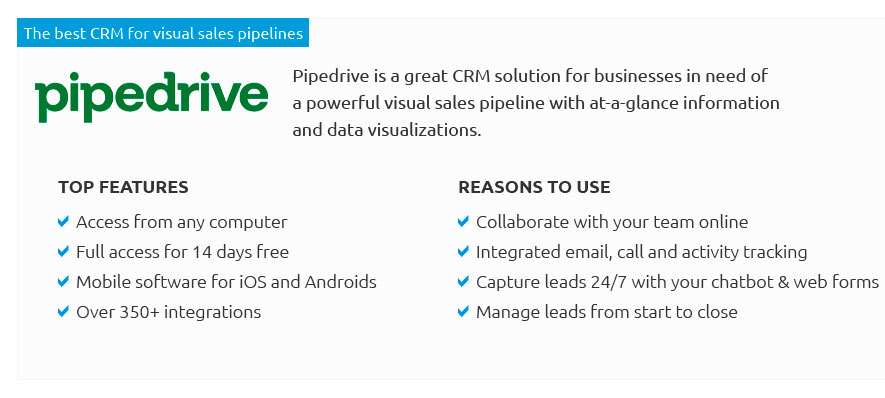 |
|
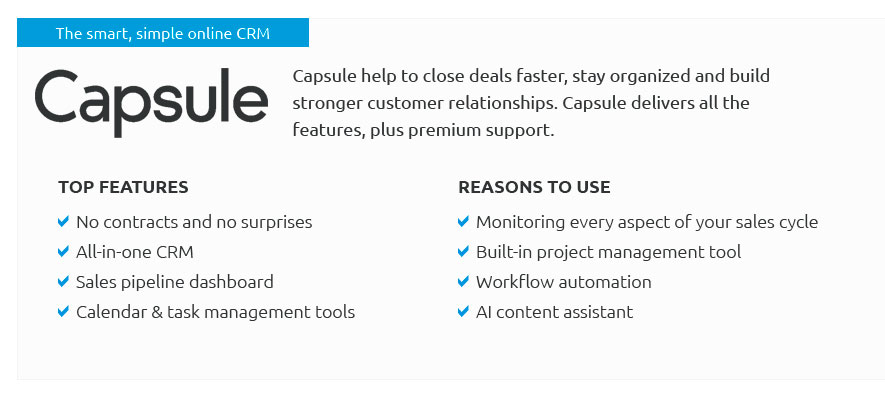 |
|
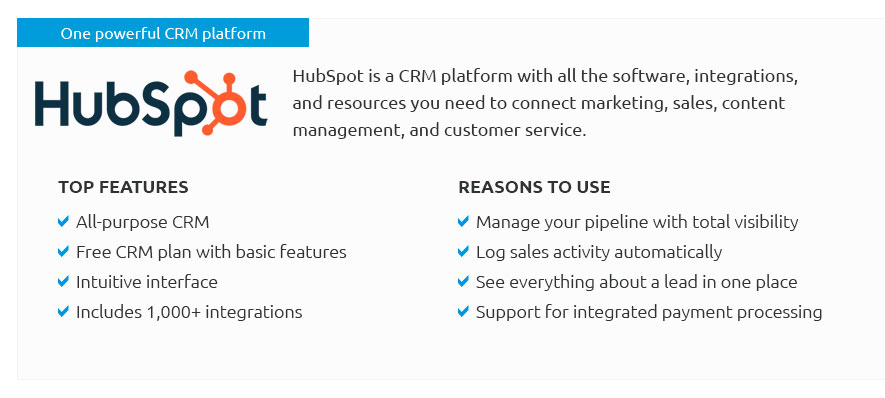 |
|
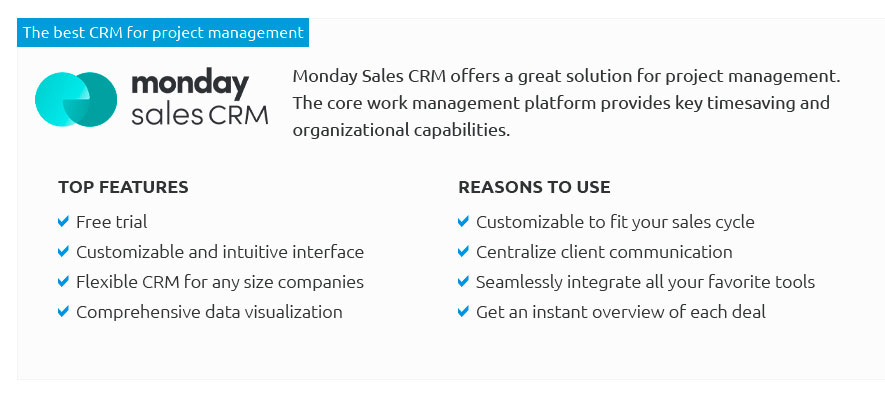 |
|
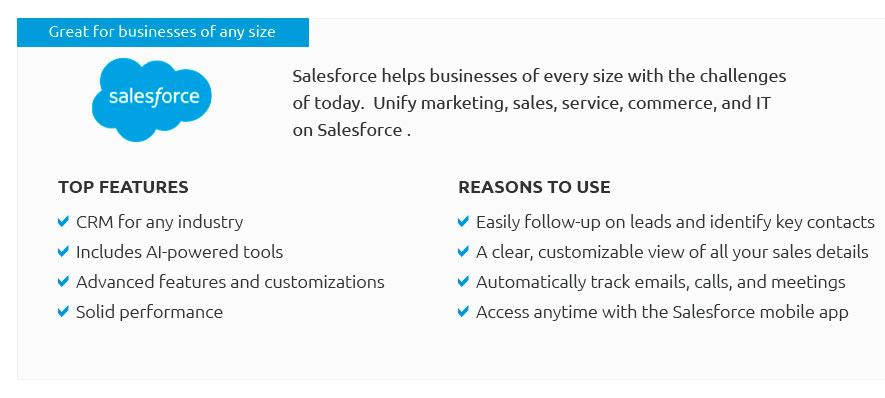 |
|
 |
 |
Pipeline Management Tools: Navigating the Digital FlowIn the ever-evolving landscape of modern business, pipeline management tools have emerged as indispensable assets for organizations striving to maintain an efficient and effective workflow. These tools, designed to streamline and optimize the various stages of business processes, are not just about moving data from point A to point B; they are about ensuring that every transition is smooth, every handoff is seamless, and every stakeholder is informed and engaged. As businesses grow and projects become increasingly complex, the ability to manage pipelines effectively can make the difference between success and failure. But what exactly are pipeline management tools, and why are they so crucial? At their core, these tools help organizations visualize and manage their workflows by providing a clear view of each step in a process. Whether it's a sales pipeline, a development workflow, or a marketing campaign, these tools offer a bird’s-eye view that enables teams to track progress, identify bottlenecks, and make informed decisions. One of the most common concerns among professionals is whether these tools are truly necessary or if they simply add another layer of complexity to already intricate processes. Let’s address these concerns. Firstly, while it’s true that adopting a new tool requires an initial investment of time and resources, the long-term benefits often outweigh the costs. Effective pipeline management tools offer automation capabilities that reduce manual tasks, allowing teams to focus on high-priority work. This is particularly beneficial in fast-paced industries where time is of the essence. Another frequent worry is that pipeline management tools might not integrate well with existing systems. However, many modern tools are designed with integration in mind, offering seamless connections with popular platforms and applications. This ensures that data flows smoothly across different systems, enhancing overall productivity. Moreover, the ability to customize these tools to fit specific business needs means that they can be tailored to align perfectly with existing workflows.
In conclusion, while there may be initial hurdles to overcome when implementing pipeline management tools, the advantages they offer in terms of visibility, efficiency, and collaboration are undeniable. As businesses continue to navigate the challenges of the digital age, staying well-informed and open to embracing new technologies will be key to maintaining a competitive edge. So, whether you’re a startup looking to streamline your operations or a large corporation aiming to enhance your existing processes, investing in a robust pipeline management tool could be a step in the right direction. https://www.scratchpad.com/blog/sales-pipeline-management-tools
Top 17 Sales Pipeline Management Tools for Success in 2024 - 1. Scratchpad - 2. Salesforce CRM - 3. Pipedrive - 4. Freshsales - 5. HubSpot CRM. https://www.pipedrive.com/en/features/pipeline-management
To manage your sales pipeline effectively, you need a pipeline management tool. Usually that comes in the form of a cloud-based CRM, which visualizes your sales ... https://jiminny.com/pipeline-management-software
Jiminny is more than just a sales pipeline tool. As a conversation intelligence platform, our insights will quickly become the engine driving your sales ...
|